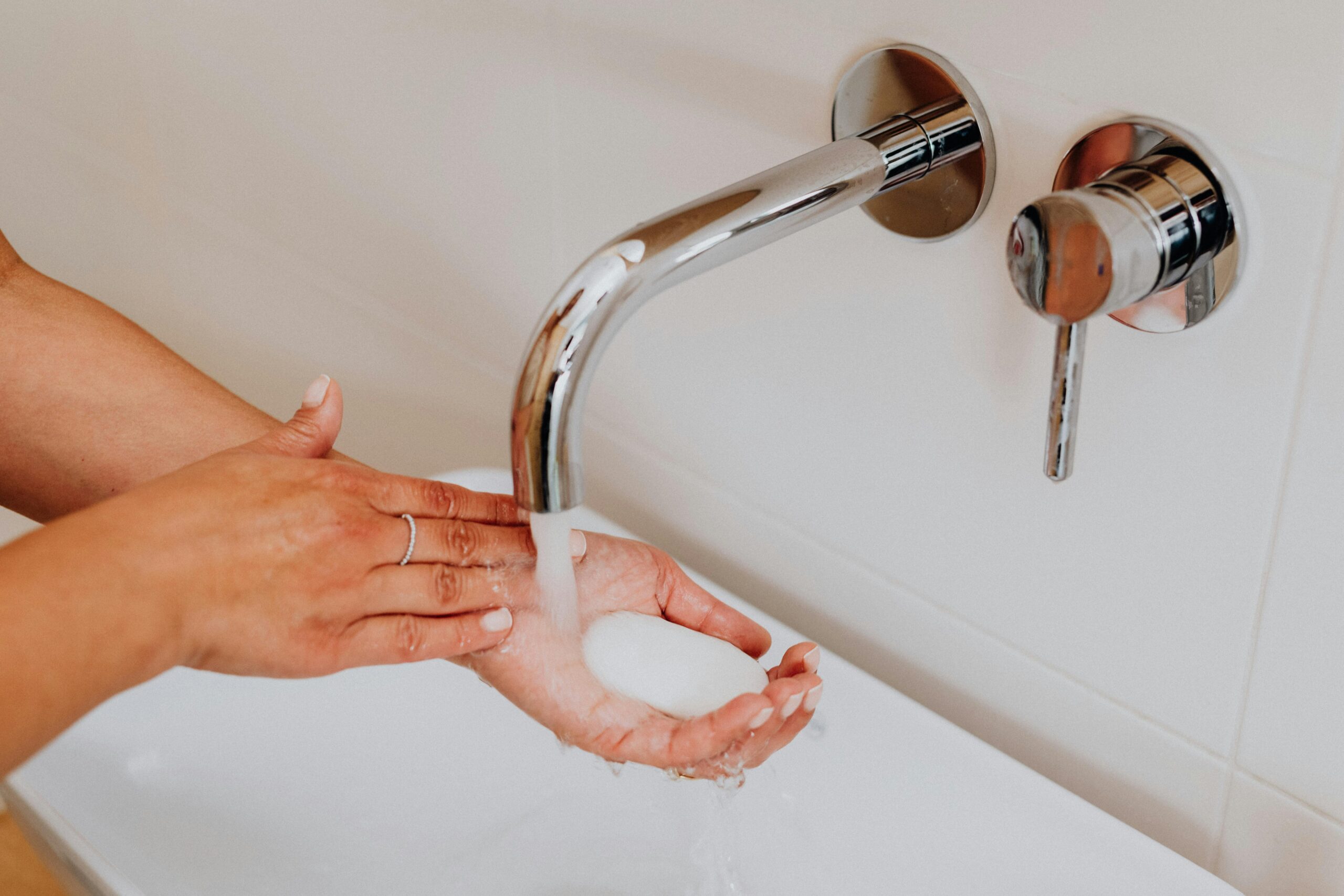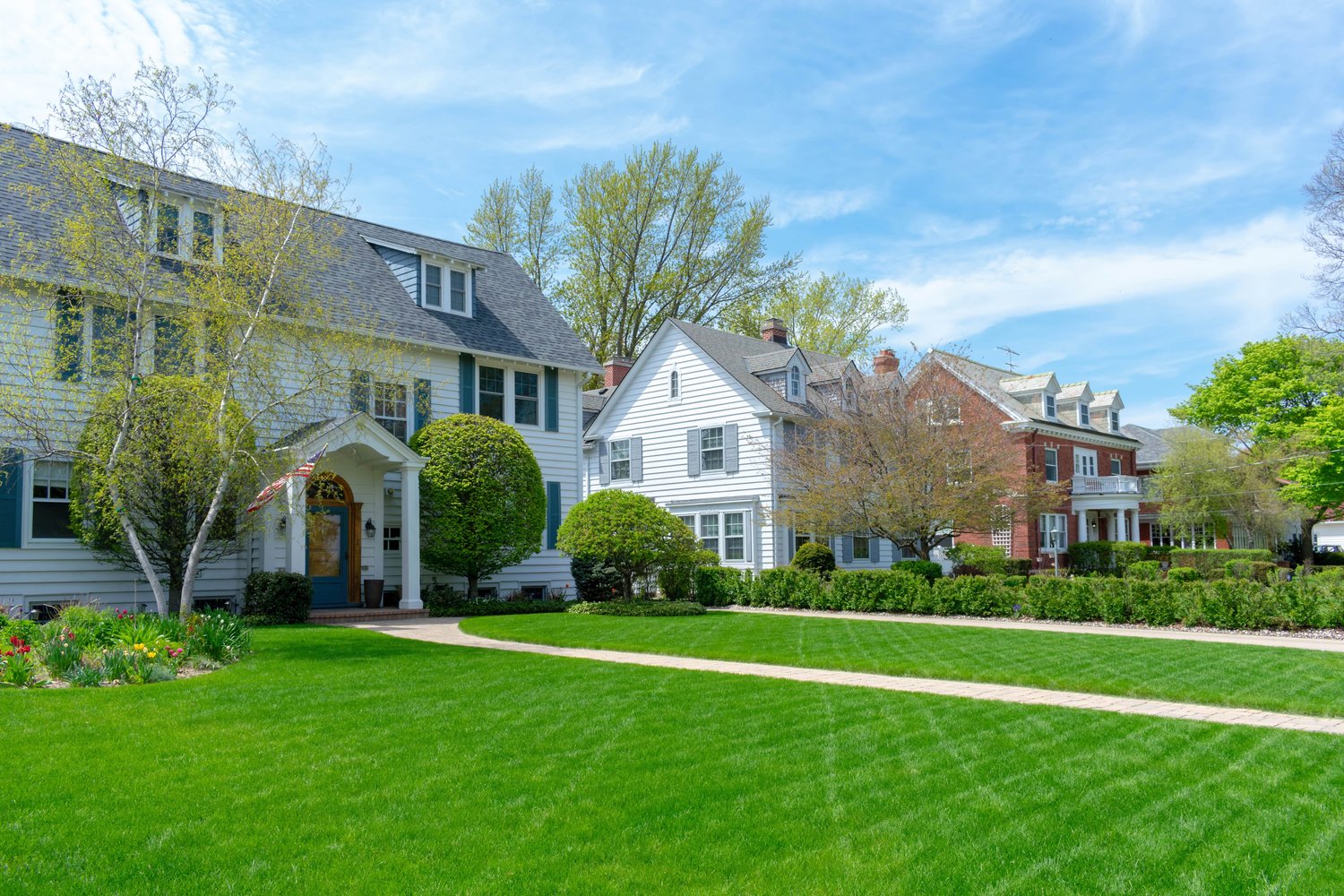Water is one of our most precious resources, yet many households unknowingly waste gallons every day through inefficient habits and outdated fixtures. By implementing some simple water conservation tips at home, you can significantly reduce your water usage while also lowering your monthly water bill. This article explores practical methods to conserve water in different areas of your home, from the kitchen and bathroom to your outdoor spaces. These easy changes not only help protect our planet’s water supply but also translate into tangible financial savings.
Understanding Your Home Water Usage
Before diving into specific conservation methods, it’s helpful to understand where most household water goes. The average American family uses more than 300 gallons of water daily, with nearly 70% of this usage occurring indoors. Bathrooms account for the largest portion, with toilets alone using nearly 30% of indoor water. Knowing these statistics helps prioritize your water-saving efforts. Many utility companies offer free water audits to help identify your biggest areas of water waste, making it easier to target the most effective ways to reduce water usage in your specific situation.
Kitchen Water Conservation Strategies
The kitchen offers numerous opportunities to implement water conservation tips at home. When washing dishes by hand, avoid letting the water run continuously. Instead, fill one basin with wash water and another with rinse water. If using a dishwasher, skip pre-rinsing dishes (most modern machines don’t require it) and only run full loads. This simple change can save up to 10 gallons per load. Keep a pitcher of drinking water in the refrigerator rather than running the tap until it’s cold, and thaw frozen foods in the refrigerator instead of under running water. When cooking, use just enough water to cover vegetables and reuse it for watering plants once cooled. By making these minor adjustments to your kitchen routine, you can save hundreds of gallons monthly.
Bathroom: Where Water Savings Matter Most
The bathroom presents the greatest opportunity to reduce your water usage and save water on your bill. Start by checking for leaks—even a slowly dripping faucet can waste 20 gallons daily, while a running toilet can waste 200 gallons or more. The benefits of low flow fixtures cannot be overstated; replacing an old toilet with a WaterSense-labeled model can save nearly 13,000 gallons annually for a family of four. Similarly, installing low-flow showerheads and faucet aerators can reduce water consumption by 30-60% without sacrificing performance. Simple behavioral changes matter too: turning off the tap while brushing teeth saves up to 4 gallons per minute, while shortening showers by just two minutes can conserve up to 150 gallons weekly. As recommended by water conservation experts at AskHomey, replacing your shower head is one of the most cost-effective water-saving investments you can make, often paying for itself within months.
Laundry Room Efficiencies
Your laundry habits significantly impact your household water footprint. Modern front-loading washing machines use 50% less water than older top-loading models, making them an excellent investment to reduce water usage over time. Until you’re ready to upgrade, adjust your current machine’s settings to match load size, and only wash full loads whenever possible. Many clothes don’t need washing after every wear—jeans, for example, can be worn multiple times before cleaning. Consider consolidating loads and washing in cold water, which not only saves water but also preserves clothes and reduces energy usage. These laundry room adjustments can save thousands of gallons annually while extending the life of your clothing.
Outdoor Water Conservation Techniques
Outdoor water use accounts for 30% of household consumption on average, but can reach 60% in drier climates. Proper landscape planning significantly reduces this figure. Choose native, drought-resistant plants that thrive in your climate with minimal supplemental watering. When irrigation is necessary, water deeply but infrequently to encourage stronger root systems. Early morning watering (between 4-9 am) minimizes evaporation loss. Adjust sprinklers to avoid watering sidewalks and driveways, and consider installing a rain barrel to collect roof runoff for garden use. Adding a layer of mulch around plants helps retain soil moisture, further reducing watering needs. These garden strategies not only conserve water but also promote healthier, more resilient landscapes that require less maintenance overall.
The Financial Benefits of Water Conservation
The impact of water conservation extends beyond environmental benefits to meaningful financial savings. The average family spends more than $1,000 annually on water bills. By implementing the water conservation tips mentioned throughout this article, households typically reduce water usage by 20-30%, translating to annual savings of $200-300. Low flow fixtures benefits are particularly notable—the initial investment is quickly offset by lower utility bills, often within months for smaller fixtures like showerheads. Additionally, many water utilities and local governments offer rebates for water-efficient appliances and fixtures, further increasing your savings. Water conservation is truly one of those rare win-win scenarios where environmental stewardship and financial prudence perfectly align.
For more tips and to connect with reliable home service professionals, follow AskHomey on Facebook and Instagram.



